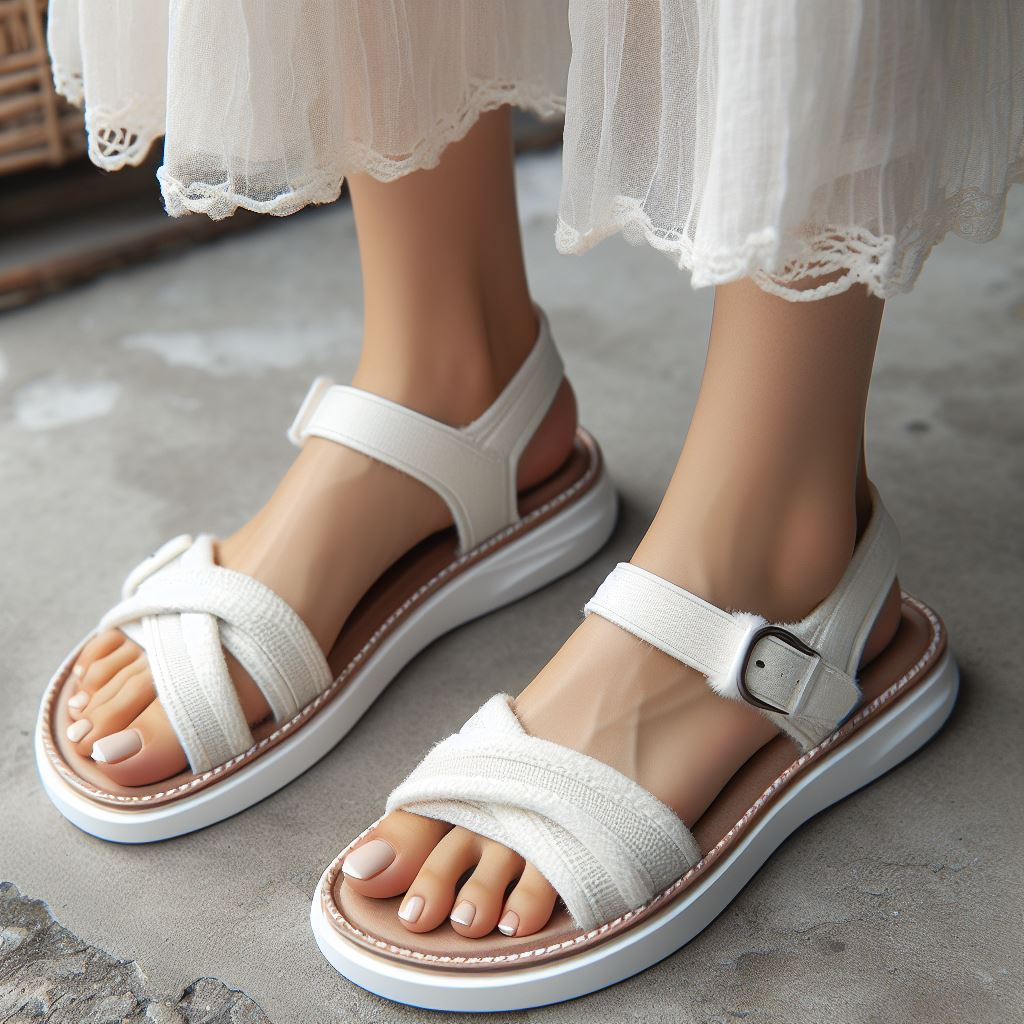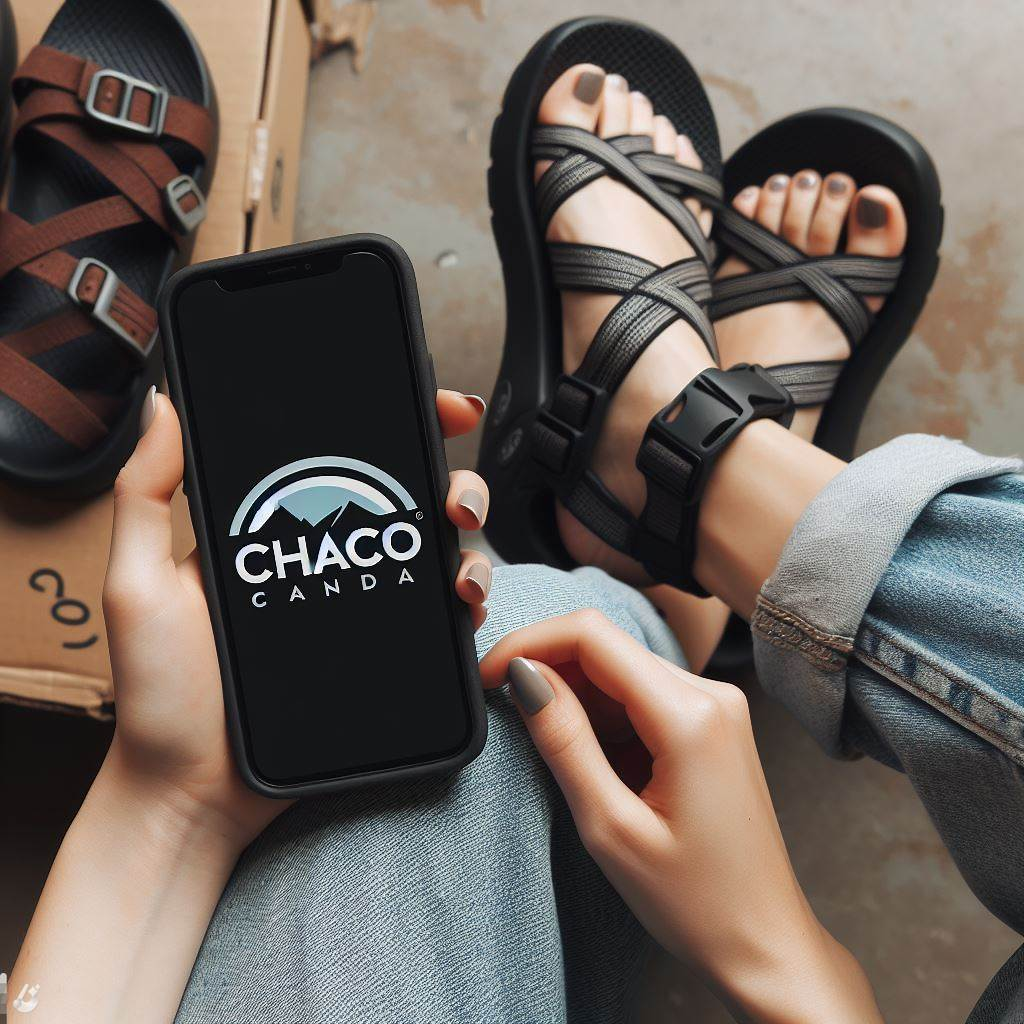
How do I stop my sandals from rubbing the top of my feet?
Is there anything worse than when your favorite pair of sandals, the ones you were totally excited to rock all summer long, end up rubbing the delicate skin on the top of your feet raw? I don’t think so. It’s like betrayal – you trusted them to be your new seasonal BFFs, and they turned against you. Rude!
But before we vilify our footwear (as tempting as it may be), let’s chat about solutions. In this handy guide stuffed with more fixes than a cobbler’s toolkit, we’ll explore why this pesky rubbing happens in the first place and arm you with more tips on preventing it than a pedicurist. Wave bye-bye to blisters because after this, comfort and style will go hand-in-happy-foot all summer long.
Get Smart About the Rub: Understanding Why Your Sandals Are Getting Sassy
First things first – why are your sandals suddenly rebelling against your feet? Well, that delicate strip of skin on the top of your feet by your toes, known as the “instep,” is prime rubbing real estate. It sticks out a bit more than the rest of your foot, so it takes the brunt of friction force whenever your sandals are either too tight or too loose.
It’s like when Goldilocks went to the Three Bears house (you know the story). The porridge that was too hot burned her mouth, the one too cold froze it, but the one that was “just right” let her enjoy breakfast in peace. Your sandals need to fit your feet juuust right in the same way so nothing is rubbing.
Tight sandals smash your instep repeatedly like an aggressive hug, while loose ones rub back and forth. The friction police show up either way. But with so many factors from swelling feet to straps slipping, finding that sweet spot can be easier said than done.
Cracking the Sizing Code: Finding Your Just Right Fit

Let’s start with the basics – a proper fit. I know, easier said than done, right? Feet are actually complex little beasts. Did you know they can grow bigger over time? So, while your trusty flips might have fit perfectly last year, it could be a different story today.
- The first rule is to get your feet professionally sized every year or so. Those free cardboard measuring thingies by the shoes? Not so accurate.
- Try shoes on at the end of the day when your feet are at their largest after hours of supporting your bod.
- Bring the socks you’ll actually wear with that pair. An extra 1/4 inch of sock can make a big difference!
- Walk around the store (carefully!) and make sure nothing is painfully poking or rubbing you.
Remember – well-fit sandals should not be leaving angry red marks on your skin or making you walk like there’s Legos hidden in them. If they hurt brand new out of the box, chances are good they just aren’t the right size or shape for your unique foot blueprint.
Shield Your Skin: Clever Barrier Methods
Okay, so maybe you’ve already fallen in love with a pair of sandals this season and don’t have the heart to return them. Been there, my friend! In that case, it’s time to shield your skin from rogue rubbing. Think of these crafty hacks as creating a protective barrier between your flesh and the sandal straps:
- Moleskin: The cobbler’s secret weapon for ages, this soft cotton fabric can be cut into custom pieces and stuck onto problem spots. I call them little friction bouncers!
- Adhesive felt/gel pads: Pop these sticky cushions onto straps or parts that rub. They can be trimmed to fit and absorb impact.
- Insoles: Whether gel, foam, or memory foam, extra insole padding equals less pressure between your foot and the sandal’s base.
- Powders: Dusting your toes with old-fashioned cornstarch, baby powder, or an antifungal spray can minimize moisture and friction.
- Socks: Hate to break it to you sock-sandal police, but wearing them during initial wearings can protect skin while the sandals mold.
Lacing 101: Special Techniques for Straps & Ties
For all my sandal-loving friends out there rocking laces, buckles, or adjustable hook-and-loop straps, getting the tightness of the closure system just right is key to eliminating rub. You need a Goldilocks fit here too – not too tight but not too loose!
- Try lacing with gaps between the crisscrosses, known as window lacing, to reduce pressure on your instep.
- Focus on keeping straps looser towards the top of your foot near the toes and ankle.
- With buckles, adjust both sides evenly rather than relying on just one strap.
- Pay attention to where the rubbing happens and leave extra room there when tightening.
Breaking Them In: The Gentle Art of Sandal Training
Remember back in elementary school when you first got brand-new sneakers? If blisters weren’t involved, you weren’t doing it right! Well, breaking in strappy sandals properly follows the same logic – gently and slowly over time. Walking a mile the first wear is just asking for pain and suffering (and angry instep skin).
Instead, try wearing your new babies around the house for short intervals at first. Maybe do a lap or two around your living room, then later graduate to a quick jaunt to grab the mail. Slowly increase your wear as the shoes begin molding to match your feet’s shape better. Be patient though – depending on the material, it can take weeks or even months to fully break them in. Your skin – and walk – will thank you in the end!
The Material Matters: Choosing the Right Fabrics & Textures
When it comes to rubbing and sandals, not all materials are created equal. Which ones play nicest with sensitive skin on sweaty summer days? Let’s just say you want them to act more like happily melted butter sliding effortlessly over your skin rather than tearing at it like velcro.
In my experience, buttery soft leather, cozy fabrics like velvet or canvas, and stretchy athleisure styles seem to fare the best. They conform, flex, and “give” rather than resisting your skin. On the flip side (pun intended!), stiffer plastics, glittery patent synthetics, and scratchy jute tend to abrade and poke feet more often.
Also, pay attention to hardware like buckles and embellishments that directly touch your skin – smooth finishes and padded backing help prevent irritation in those spots.
When Desperate Times Call for Cobbler Intervention
Even though I just hooked you up with enough tips to pass a sandal fitting PhD, some strappy shoes still continue waging war against your feet no matter what. If you’ve earnestly tried all the suggestions above and still feel blisters brewing after 10 minutes of wear, it might be time to call in a pro.
The Magic of Shoe Stretchers & Stretch Sprays
First up – shoe stretchers. These medieval-looking boot-shaped contraptions gently expand and mold tight footwear overnight without damaging materials like leather. Special stretch sprays can also soften stubborn spots to add wiggle room. If your sandals are borderline too small, these DIY solutions may coax out the extra space you need.
Innovative Inserts & Padding Systems
Next, corral a pedorthist or shoe repair expert. These footwear magicians can fully customize inserts and padding configurations to offload specific pressure points like your instep. An orthotic shoe insert with padding placed precisely where you tend to blister can change the game entirely!
The Last Resort: Structural Adjustments
Finally, for seriously stubborn sandals that refuse to play nice, a cobbler may be able to perform structural adjustments to the shoes themselves. This ranges from subtly stretching, widening, or reshaping tight areas to major renovations like replacing or moving straps and hardware.
Now, before you hand your designer heels over to be ripped apart and Frankensteined, do note – not all materials and constructions can be altered especially very delicate fabrics and ornamented styles. And even if they can be adjusted, the look or integrity of the shoe may be compromised.
So view this as a last ditch “break glass in case of emergency” measure when your favorite pair is totally unique and impossible to replace. Be very clear about exactly where the shoes are rubbing and how much correction you’re comfortable with aesthetically.
A seasoned cobbler will advise you upfront if achieving the right fit will sacrifice too much style. At that point, you may just need to bid painful shoes farewell, as heartbreaking as that is. Believe me, I’ve been there – some sandals just aren’t meant to be!
Show Your Shoes Some Love: Proper Storage & Care
Once you’ve finally found sandal nirvana, taking good care of them will extend the honeymoon period as long as possible. Give your supportive new foot friends some TLC with:
- Frequent cleanings to remove dirt, sand, and sweat buildup.
- Leather conditioner to restore lost moisture and maintain suppleness.
- Water protection sprays for fabrics like canvas or suede.
- Cedar shoe trees to absorb moisture when not being worn.
- Storing in a cool, dry place away from direct sun and heat.
Parting Words: Love Your Feet!
Hopefully now you feel armed and ready to battle painful shoe rub all summer. Remember, the goal is to show your feet – and your favorite sandals – even more love, not kick them to the curb. With some patience and the right tricks tailored to your foot type, you can finally achieve that perfect harmony between comfort and style.
And if a pair still refuses to stop biting your instep after you’ve exhausted fixing options? Don’t despair. Put them in a sandal time-out and explore all the amazing styles out there waiting to treat your toes like royalty. Your soles deserve it!


Leave a Reply